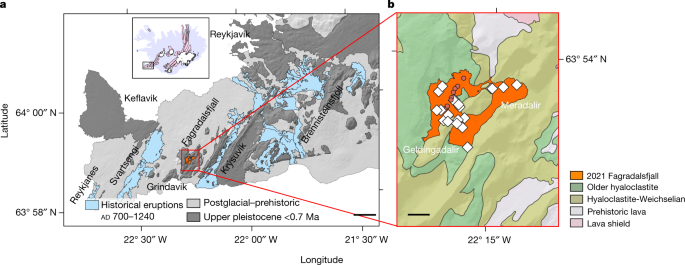2022-09-15 カリフォルニア大学バークレー校(UCB)

Saturn today, as captured by the Cassini spacecraft in 2010. The planet’s distinctive rings are only about 100 million years old. Researchers propose that they formed when the planet’s largest moon, Titan, destabilized the orbit of a smaller moon 100-200 million years ago, causing it to graze the planet and disintegrate, with a small part of the debris forming the icy, rocky rings we see today. The theory explains another Saturnian mystery — the large tilt of its rotation axis relative to its orbit. (Image credit: NASA/JPL-Caltech/Space Science Institute)
研究者たちは、クリサリスの約99%がガス惑星に飲み込まれ、残りが環を形成したと結論付けている。
今回の研究で研究者らは、数十億年の間、海王星と土星は共振ダンスをしており、それが土星のスピン軸の傾きを引き起こしていたと結論付けている。しかし、土星の衛星タイタン(太陽系で2番目に大きな月)が外側に移動することによって、土星系が不安定になり、月を失って共振から外れてしまった。その結果、明るく美しい環が誕生したのである。
どのようにして土星は海王星との数十億年にわたる共振を解消したのだろうか?コンピューター・シミュレーションで、さまざまなシナリオを検証した。その結果、最も可能性が高いのは、土星の衛星タイタン(現在、年間約11センチメートルで土星の外側へ急速に移動中)が、ある時点で別の衛星クリサリスの軌道と共鳴し、その軌道を不安定にしたことであることが判明した。
<関連情報>
- https://news.berkeley.edu/2022/09/15/chrysalis-the-lost-moon-that-gave-saturn-its-rings/
- https://www.science.org/doi/10.1126/science.abn1234
衛星の喪失が土星の斜行と若い環の説明になるかもしれない Loss of a satellite could explain Saturn’s obliquity and young rings
Jack Wisdom,Rola Dbouk,Burkhard Militzer ,William B. Hubbard ,Francis Nimmo ,Brynna G. Downey, Richard G. French
Science Published:15 Sep 2022
DOI: 10.1126/science.abn1234
How did Saturn get its rings?
Saturn’s rings are about 100 million years old, but it is unclear how they could have formed so recently. Wisdom et al. propose that the Saturn system previously contained an additional moon, the orbit of which was perturbed by the orbital migration of Titan, Saturn’s largest moon (see the Perspective by El Moutamid). The authors used numerical simulations to show that the perturbation would have eventually destabilized the system, scattering the additional moon. If it came too close to Saturn, the moon would have been ripped apart by tidal forces, forming the rings. The scenario explains several otherwise puzzling properties of Saturn’s tilt and the orbits of its other moons and is consistent with the measured age and mass of the rings. —KTS
Abstract
The origin of Saturn’s ~26.7° obliquity and ~100-million-year-old rings is unknown. The observed rapid outward migration of Saturn’s largest satellite, Titan, could have raised Saturn’s obliquity through a spin-orbit precession resonance with Neptune. We use Cassini data to refine estimates of Saturn’s moment of inertia, finding that it is just outside the range required for the resonance. We propose that Saturn previously had an additional satellite, which we name Chrysalis, that caused Saturn’s obliquity to increase through the Neptune resonance. Destabilization of Chrysalis’s orbit ~100 million years ago can then explain the proximity of the system to the resonance and the formation of the rings through a grazing encounter with Saturn.
土星の傾きと環はどのようにしてできたのか? How Saturn got its tilt and its rings 仮想の月の破壊は、両者の起源を説明するのに役立つかもしれません。 The destruction of a hypothetical moon may help explain the origin of both
Maryame El Moutamid
Science Published:15 Sep 2022
DOI: 10.1126/science.abq3184
Abstract
The angle between a planet’s equator and its orbit plane is known as its axial tilt or obliquity. As gas giants form from the disk made of gas and dust that swirls around the host star, the gas accretion process is expected to conserve the angular momentum and force the planet to spin perpendicular to its orbital plane. However, within our own Solar System, all gas giants, except for Jupiter, have a substantial nonzero tilt. This implies that something else must have happened to these planets after they formed that caused them to tilt. On page 1285 of this issue, Wisdom et al. (1) describe a model that can explain the origin of Saturn’s obliquity. Its tilt may have been caused by a process involving Saturn’s wobbling tilt (i.e., spin-axis precession), Neptune’s wobbling orbit (i.e., nodal precession), the elimination of a hypothetical satellite, and the outward migration of Titan—the largest moon of Saturn.


